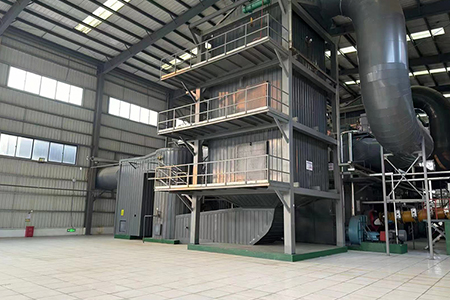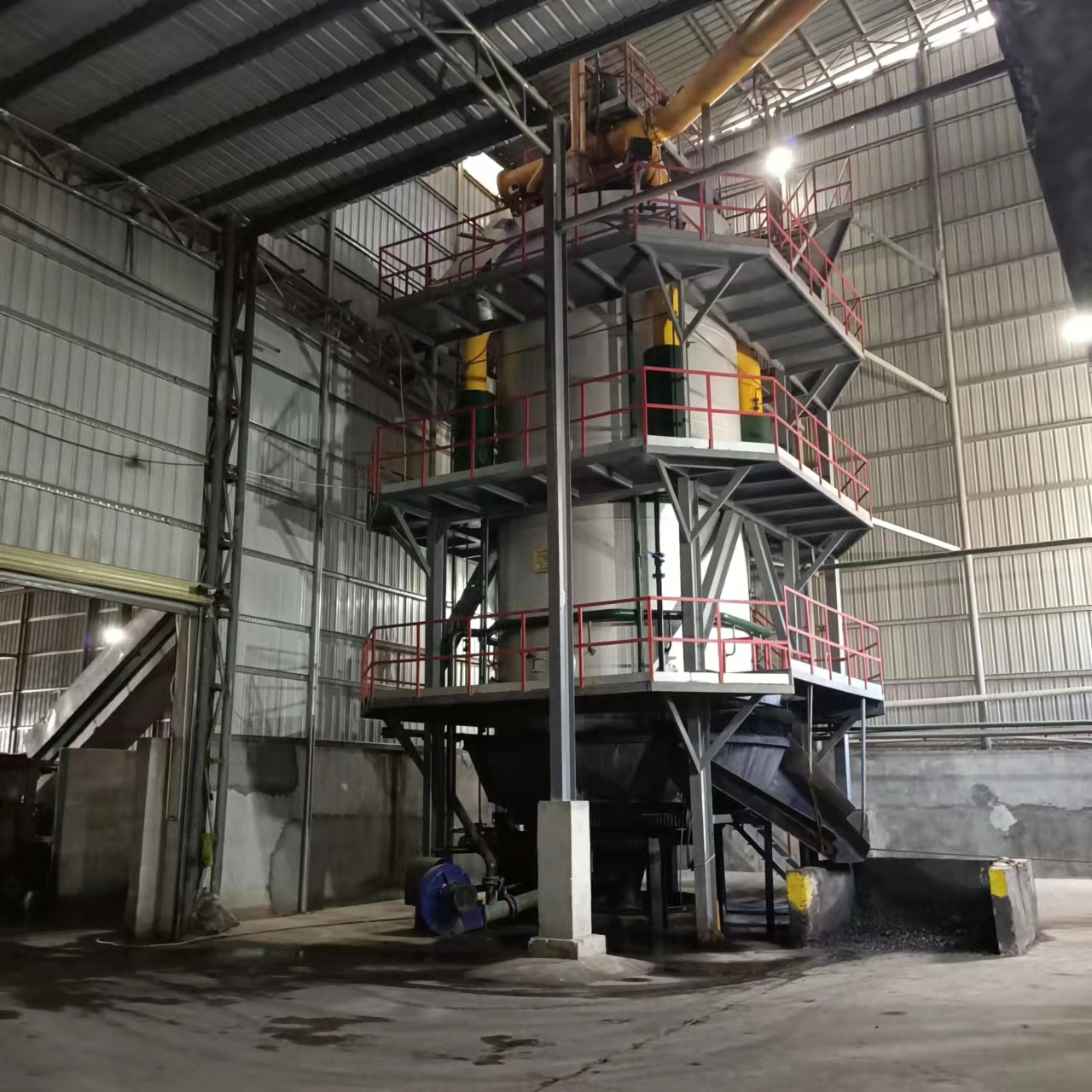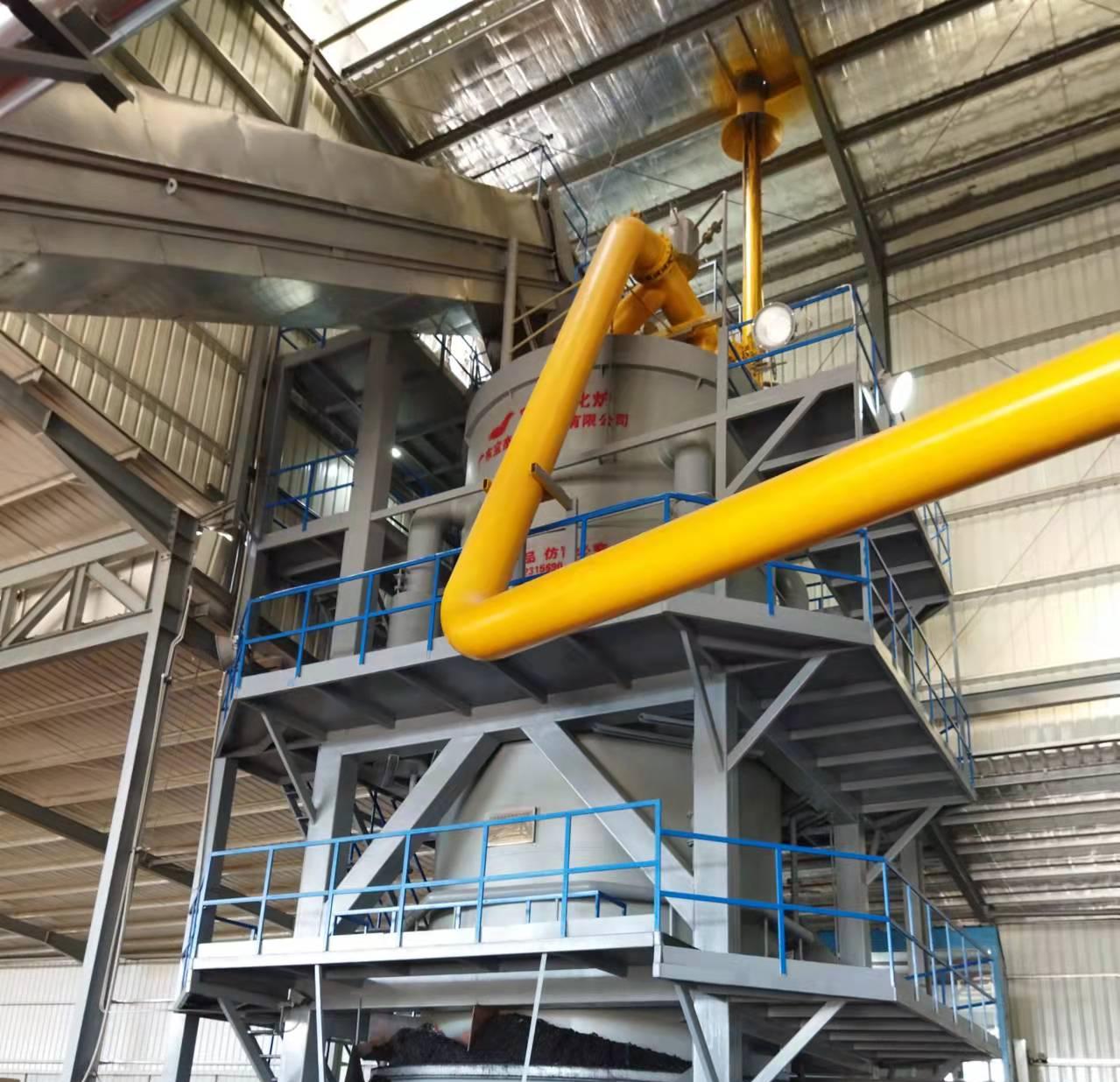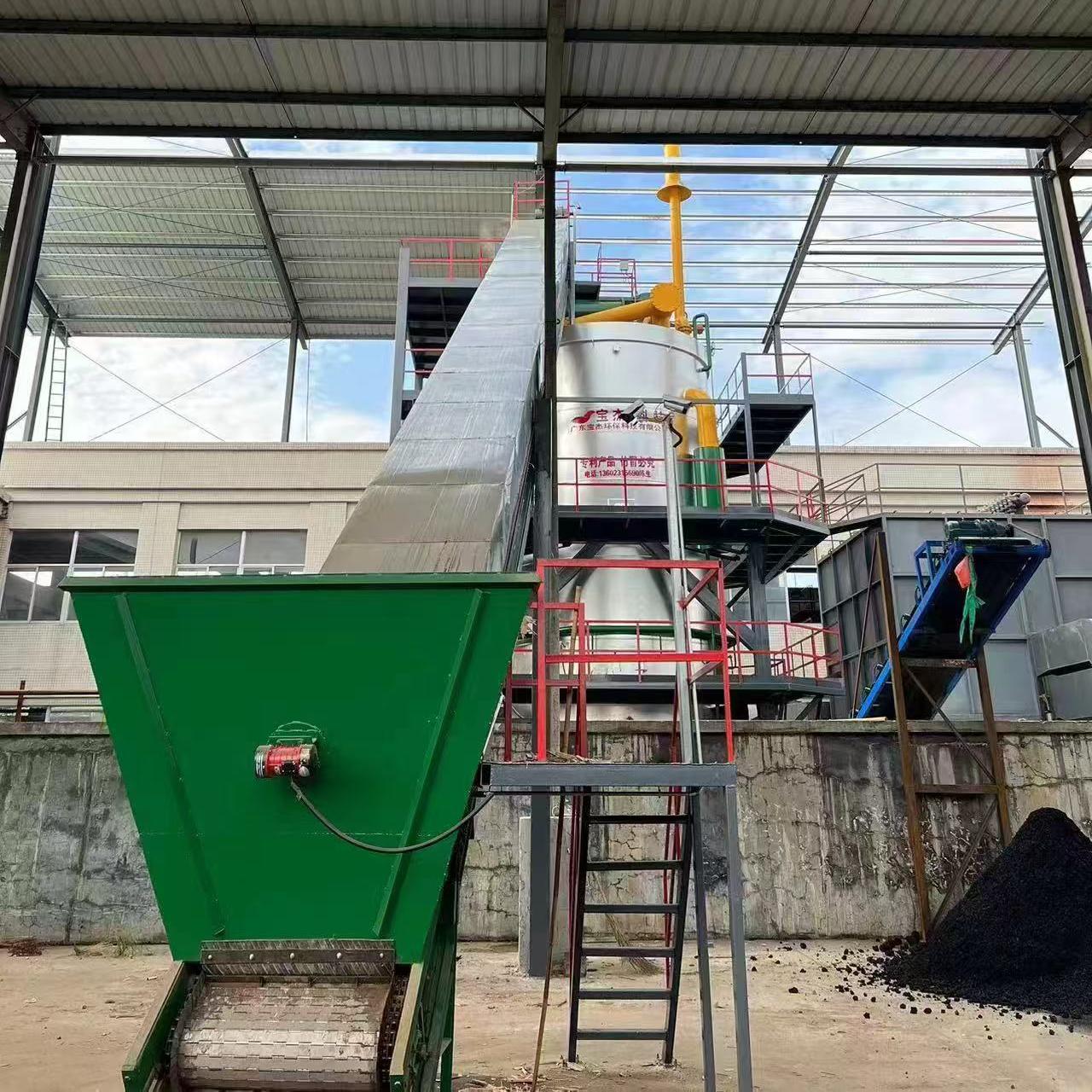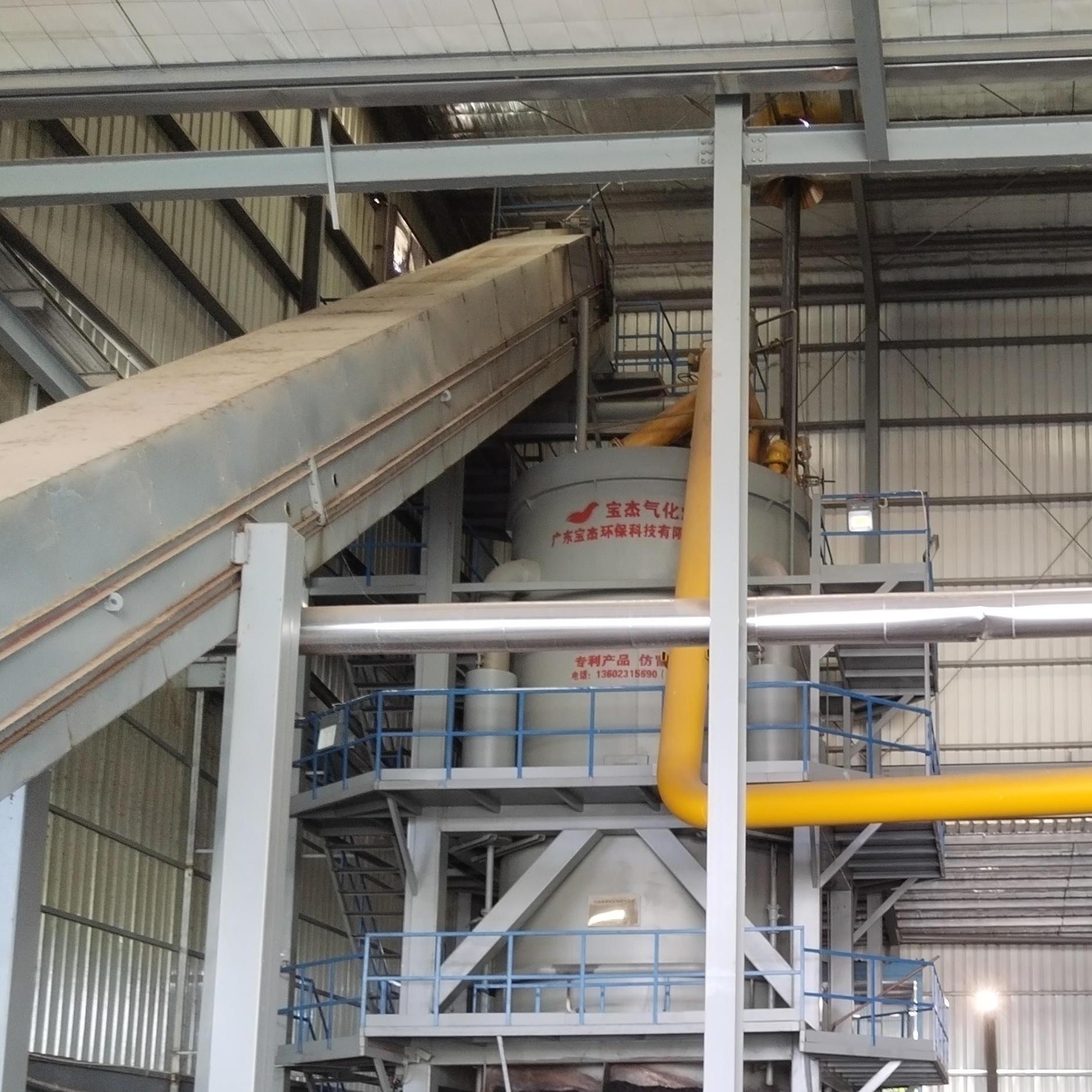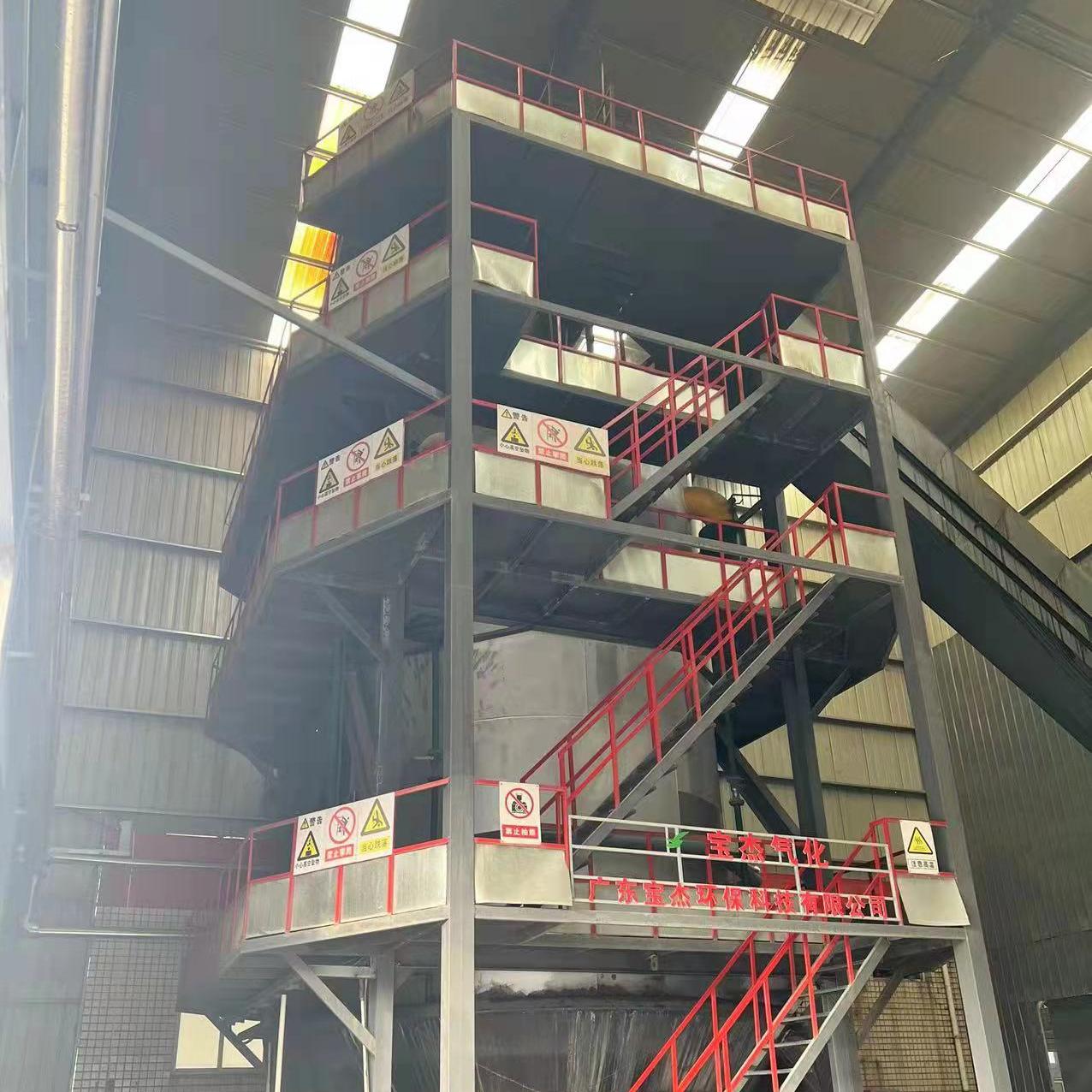R&D and manufacture of biomass gasification equipment, environmental protection equipment, boiler equipment, investment in heating (steam) energy operation and management.
Tel:+86 0769-82928980
E-mail:[email protected]
Web Menu
Product Search
Exit Menu
Industry News
What Is a 30 Tonne Biomass Gasifier, and How Does It Work?
A 30 tonne biomass gasifier is a large-scale device designed to convert biomass materials into syngas (synthetic gas) through a process called gasification. This system is an essential part of renewable energy production, particularly in industries looking to reduce their dependence on fossil fuels and lower their carbon footprint. Biomass gasifiers, including the 30 tonne variety, have found their place in waste-to-energy plants, agriculture, forest management, and various industrial processes.
This article will explore what a 30 tonne biomass gasifier is, how it works, its components, the advantages it offers, and how it fits into the broader context of sustainable energy production.
1. What Is a Biomass Gasifier?
A biomass gasifier is a machine that converts organic materials—such as wood chips, agricultural residues, municipal solid waste, or even algae—into syngas through a high-temperature, low-oxygen process called gasification. Unlike combustion, which burns the biomass in the presence of oxygen to generate heat, gasification involves partial oxidation, where the biomass reacts with a limited amount of oxygen or air to produce carbon monoxide (CO), hydrogen (H2), methane (CH4), and other gases, which can be used for power generation or industrial processes.
A 30 tonne biomass gasifier refers to a large-scale system capable of processing 30 tonnes of biomass per day. This type of gasifier is typically used in large-scale industrial applications, such as in energy plants, manufacturing facilities, or agricultural operations, where a significant volume of biomass is available and needs to be converted into energy.
2. How Does a 30 Tonne Biomass Gasifier Work?
The process of converting biomass into syngas involves a series of stages that are managed within the gasifier system. The typical steps are as follows:
2.1 Feedstock Preparation
Before the gasification process begins, the biomass feedstock must be prepared. This includes:
- Drying: Biomass materials like wood chips or agricultural residues often contain moisture, which must be removed before gasification. Dry feedstock allows for more efficient gasification and energy conversion.
- Size Reduction: Biomass materials are usually chopped or shredded into smaller sizes to increase their surface area, making them easier to gasify.
- Pre-Treatment: In some cases, biomass is treated to remove contaminants or improve its calorific value, which ensures that the gasifier runs at optimal efficiency.
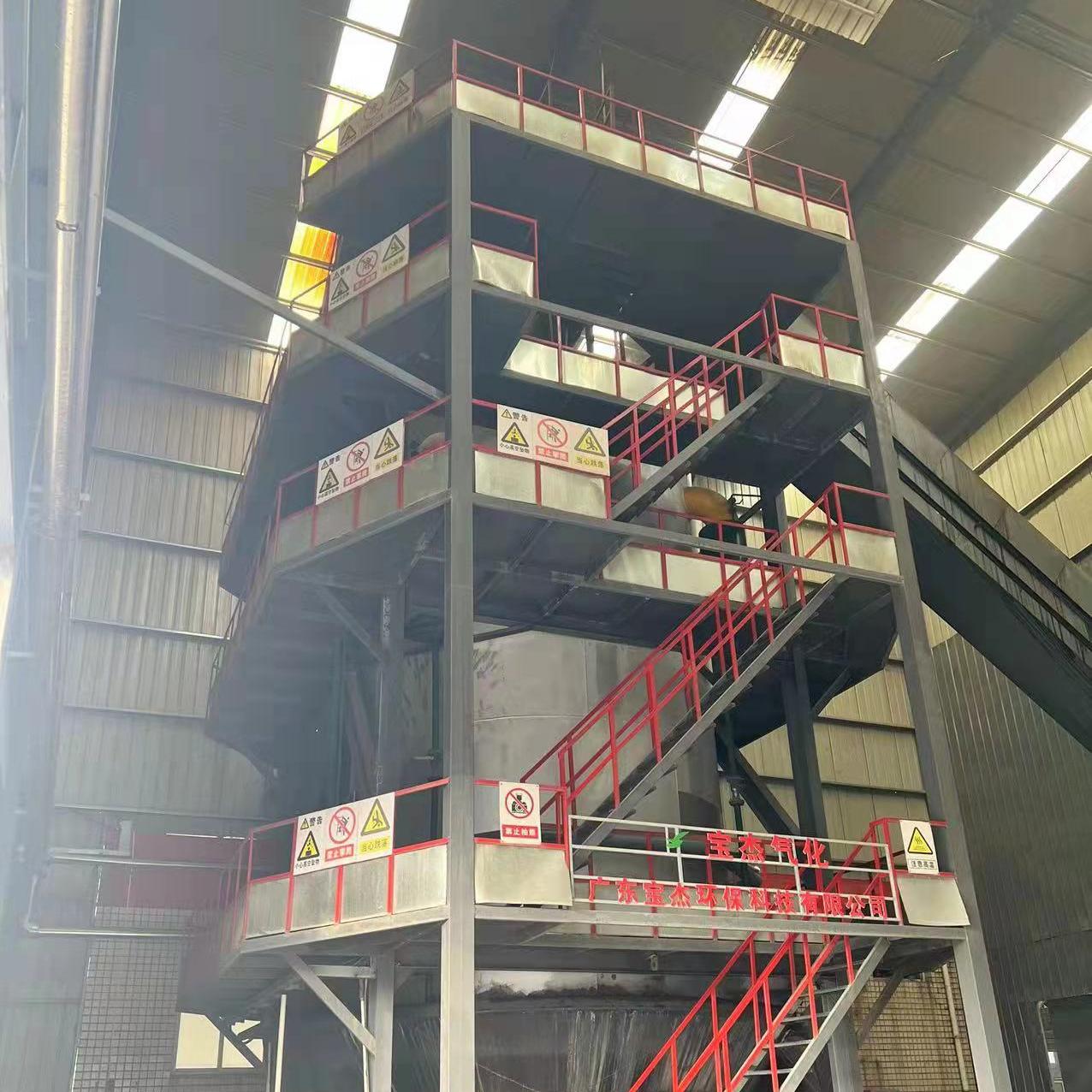
2.2 Gasification Process
Once the biomass is prepared, it enters the gasifier, which typically consists of a reactor vessel where the actual gasification reaction takes place. In the gasifier, the biomass is subjected to high temperatures (usually between 800°C and 1,200°C) in the presence of a limited amount of oxygen, air, or steam.
- Pyrolysis: The first stage of gasification is pyrolysis, where the biomass is heated and broken down into volatile gases and charcoal (a solid residue).
- Partial Oxidation: In this stage, the volatile gases react with the limited oxygen (or steam) present in the gasifier, resulting in a mixture of carbon monoxide (CO), hydrogen (H2), methane (CH4), and other gases, along with a small amount of tar and ash.
- Reduction: The remaining gases undergo a reduction process, where they are further processed to remove impurities and create the final syngas mixture that is rich in carbon monoxide and hydrogen.
2.3 Syngas Cleaning and Cooling
Once the syngas is produced, it is usually cleaned to remove impurities such as tar, dust, and particles, which can damage engines or turbines that use the gas for energy production. The syngas is then cooled before it is delivered to engines, turbines, or boilers to produce heat, electricity, or other forms of usable energy.
2.4 Energy Production
The syngas can be used for various energy applications, including:
- Electricity Generation: Syngas is used in gas engines or gas turbines to generate electricity. The process is highly efficient and allows for combined heat and power (CHP) generation, meaning both electricity and heat are produced simultaneously.
- Heat Production: In some cases, the syngas can be used directly to produce heat for industrial processes, district heating systems, or to generate steam for power production.
3. Key Components of a 30 Tonne Biomass Gasifier
A 30 tonne biomass gasifier is a large, complex system that involves several key components to ensure efficient gasification and energy production. These include:
- Feedstock Handling System: A system for loading, drying, and reducing the size of biomass feedstock.
- Gasifier Reactor: The heart of the system where the actual gasification takes place. It includes temperature controls, oxygen/air supply, and feedstock introduction mechanisms.
- Syngas Cleaning Unit: A system that filters out tar, particulates, and other contaminants to ensure that the syngas is clean and usable for energy generation.
- Gas Cooling System: A mechanism to lower the temperature of the syngas to safe levels for use in engines or turbines.
- Energy Conversion Equipment: This includes gas engines, gas turbines, or boilers used to convert syngas into usable energy, either in the form of electricity or heat.
- Control System: A sophisticated control system to monitor and regulate the entire gasification process, ensuring optimal efficiency and safety.
4. Advantages of a 30 Tonne Biomass Gasifier
Biomass gasification, especially at the scale of 30 tonnes per day, offers several distinct advantages over traditional fossil fuel-based energy generation and even other biomass conversion technologies. Some key benefits include:
4.1 Renewable Energy Production
A 30 tonne biomass gasifier turns waste biomass into energy, providing a renewable source of electricity or heat. This makes it an attractive option for businesses and industries looking to reduce their carbon footprint and reliance on fossil fuels.
4.2 Waste-to-Energy
Biomass gasifiers can convert agricultural residues, wood chips, municipal solid waste, and other organic waste into usable energy. This helps reduce the environmental burden of waste disposal while generating power.
4.3 Reduced Carbon Emissions
Biomass is considered carbon neutral, meaning the amount of carbon dioxide released during combustion is roughly equal to the amount absorbed by the plants during their growth cycle. Therefore, using a biomass gasifier for power generation reduces greenhouse gas emissions compared to burning fossil fuels.
4.4 Flexible Feedstock Options
A 30 tonne biomass gasifier can handle various types of biomass feedstock, providing flexibility to industries that have access to different organic waste sources. This makes the system highly adaptable and suitable for a range of industrial and agricultural applications.
4.5 High Efficiency
Biomass gasification is generally more efficient than direct combustion, as the energy from the syngas can be harnessed more effectively through gas engines or turbines. The technology also allows for combined heat and power (CHP), increasing overall energy efficiency.
5. Applications of 30 Tonne Biomass Gasifiers
A 30 tonne biomass gasifier can be used in a variety of industrial and commercial settings. Some of the common applications include:
- Waste-to-energy plants: Converting municipal solid waste into power.
- Agriculture: Using agricultural waste such as straw, corn stalks, or wood chips to generate power for farms and nearby communities.
- Forestry: Turning forest residues like sawdust and wood shavings into energy.
- Industrial Manufacturing: Providing power for manufacturing plants or processing facilities that generate biomass waste.
- District Heating: Providing heat for large buildings or communities through combined heat and power (CHP) systems.
6. Conclusion
A 30 tonne biomass gasifier represents a large-scale and efficient solution for converting organic biomass into clean energy. By employing gasification technology, this system enables industries to turn waste into valuable resources, offering both economic and environmental benefits. Whether for electricity generation, waste-to-energy, or industrial heating, biomass gasifiers provide a reliable and sustainable option for reducing reliance on fossil fuels and mitigating climate change.
In conclusion, the 30 tonne biomass gasifier is not only an innovative solution for waste management but also a powerful tool for contributing to the renewable energy transition.
Quick Links
Products
contact Us
 Tel: +86 0769-82928980
Tel: +86 0769-82928980 Fax: [email protected]
Fax: [email protected] E-mail: [email protected]
E-mail: [email protected] Company Address: Dalang Chamber of Commerce Building, No. 288 Yinlang South Road, Dalang Town, Dongguan City 13333, China
Company Address: Dalang Chamber of Commerce Building, No. 288 Yinlang South Road, Dalang Town, Dongguan City 13333, China Factory Add:
West side of Centre Road and south side of Zhongyuan Road within Hongcaoyuan, Hongcao Town, Shanwei Urban District
Factory Add:
West side of Centre Road and south side of Zhongyuan Road within Hongcaoyuan, Hongcao Town, Shanwei Urban District
Copyright© 2022 Guangdong Bao Jie Technology Co., Ltd.All Rights Reserved.


 EN
EN 